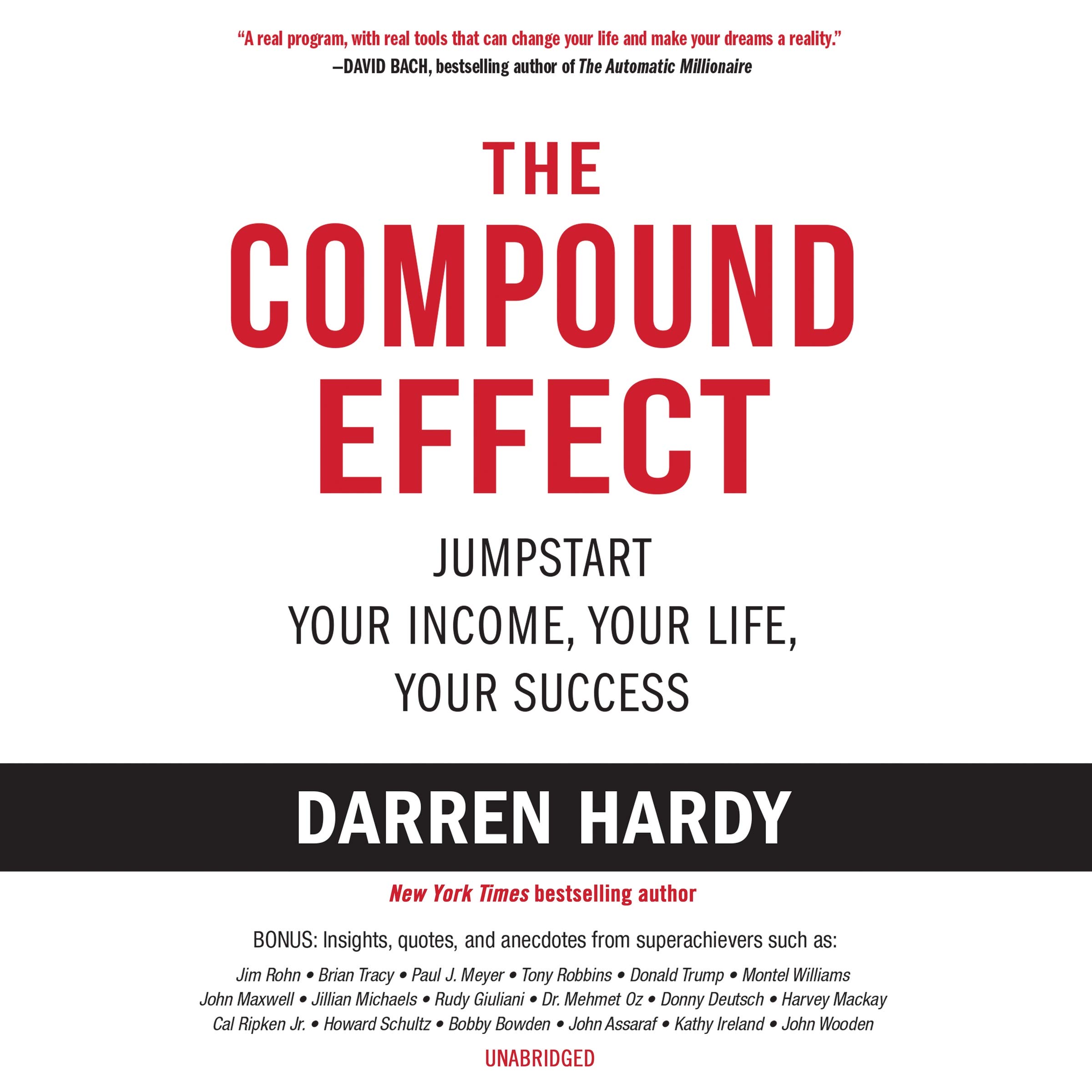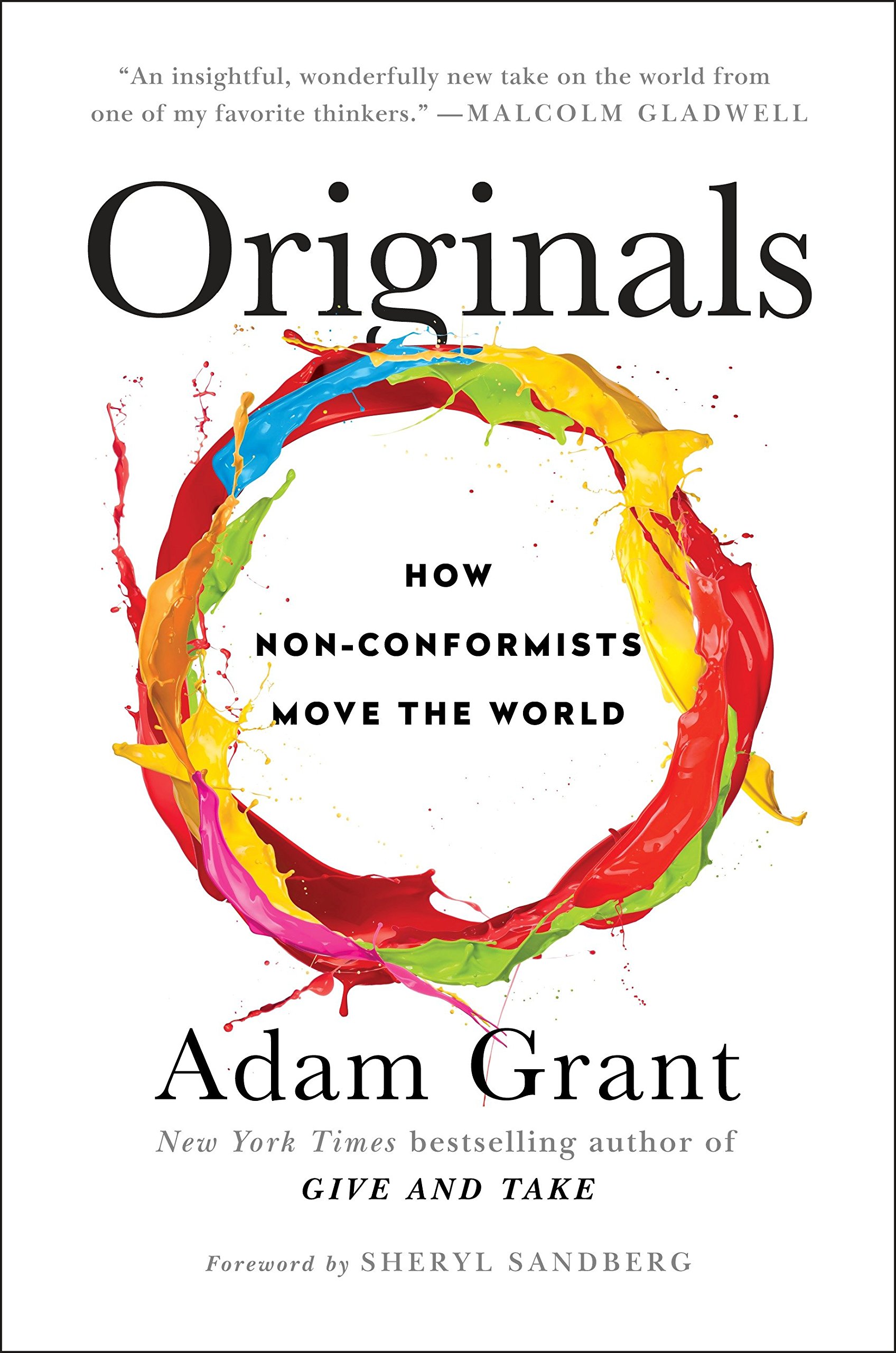Know what is outstanding and plan physical actions

Getting things done by David Allen is one of the classic productivity books that suggests a very specific method. It revolves around a system of organising your incoming tasks, reviewing, organising, and then executing it.
There are two key messages. Firstly you must ‘capture’ all outstanding jobs/tasks/projects/to-dos. This needs to be somewhere you know you’ll review regularly. This means you don’t have to stress about remembering what needs to be done.
The second key point is that for every task, rephrase it as a ‘physical action’. For example, on your jobs list don’t write “Meeting prep Sunday”, instead put “Write the agenda for the meeting / Write email invite for the meeting / Send email with attachment to all attendees.” The idea is that this will also alleviate the mental burden of translating vacuous to-dos into concrete steps.
Key points:
- Open loops = anything unfinished or occupies your mental space
- Can be big (e.g. PhD thesis) or small (e.g. buy AA batteries) and personal or professional
- Steps in the ‘GTD’ method:
- Capture
- Clarify
- Organise
- Engage
- Capture a list of everything you want to change
- Once it is recorded in a system where your mind knows you will check regularly it exit your consciousness
- Go through all your emails, walk around your house/office/car, go through notebooks and scribbles of paper
- Do it as fast as possible without getting sucked into purging and organising at the same time
- Have a large ‘collection’ phase without trying to organise at the same time
- Clarify
- Go through every task (‘open loop’) you’ve captured and understand what it really is and what it relates to
- Decide if some can be thrown away
- If a task will take <2 min, do it immediately, otherwise: delegate or defer it to be organised for you to do.
- Organise
- Based on actions (e.g. emails, telephone calls) or time (e.g. <5 min, >1 hour of silent concentrated work) or energy (e.g. things I can do with a spare 10 min late at night)
- This allows you to have lists to work through whenever you get spare time at home/your computer or not
- Phrase them all as specific, concrete, physical tasks
- Engage
- Take advantage of small gaps of time you get
- On a weekly basis review all open loops
- Keep separate lists for different categories of items/jobs:
- Calendar – only include what absolutely has to be done on each day
- Projects (which is anything <1 yr and multiple requires actions)
- Next actions (categorise eg calls emails etc)
- Waiting for (others)
- Someday maybe list
- Ideas you have that you don’t want to forget but aren’t ready to commit into a physical task
- Agendas (to talk about with certain people)
- Use checklists
- When thinking about what you need to do, consider your areas of focus or personal accountabilities (eg teaching, research, fitness, spirituality)
- These then lead to goals (e.g. take 1-2 years to complete) or more broad visions (e.g. 3-5 year timeline)
- Your long-term visions should be reflective of your principles/values
- Allen challenges the notion that you should not write down anything unimportant; instead he suggests that all those things will still remain in your subconscious. People are unlikely to change their standards/values so much they will write off/say no to enough things. Better to acknowledge the need to put it in a someday maybe list.
Allen doesn’t feel his method is overly complex but others do. I am not a ‘GTDer’ (i.e. doing the whole thing) but there there are several points I have found straightforward to implement:
- Ask task that will take <2 minutes should be done immediately
- Have a ‘someday maybe’ list
- Have a ‘projects’ list [though I already had this before reading the book]
- Don’t attempt to store any to-dos in my head
The rest I have found challenging to put into practice but I think that’s how it goes with most non-fiction books.
More books like this:
- Essentialism by Greg McKeown
- Make time by Jake Knapp and John Zeratsky
- Eat that frog by Brian Tracy
Here are one, two, and three other summaries/reflections on this book.




